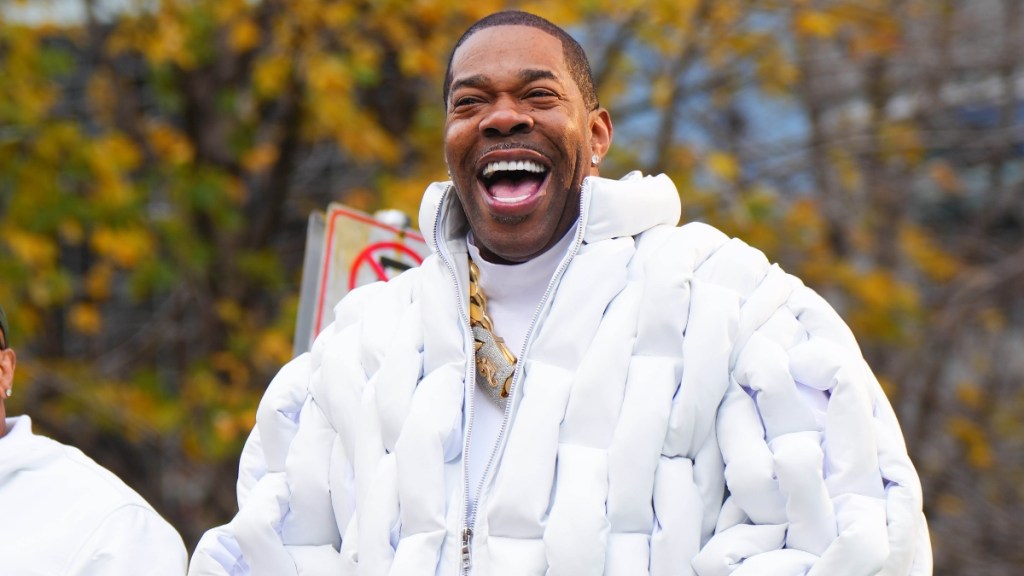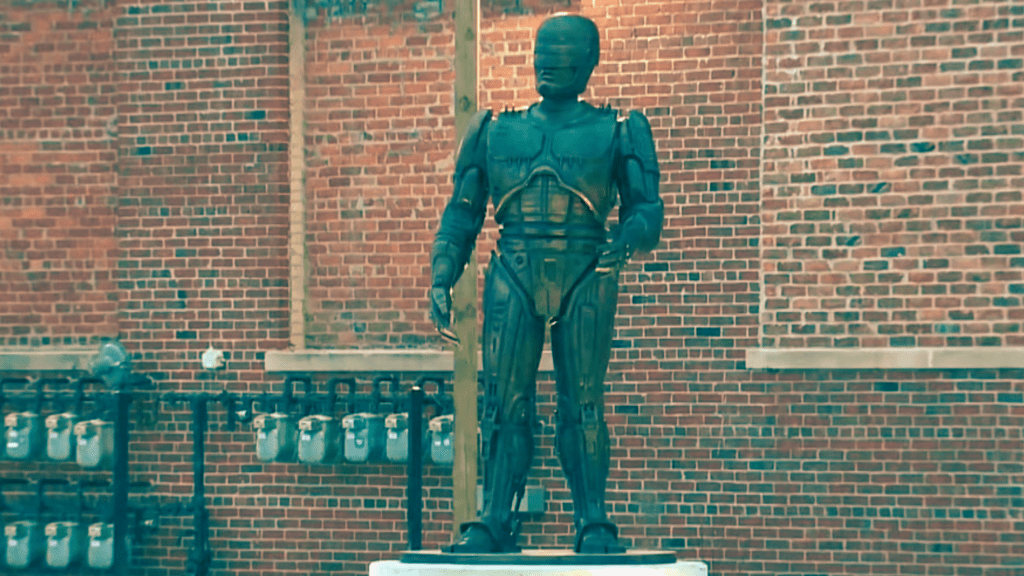This article originally appeared on Creators.
The caked, magenta-hued cluster is Bosco Sodi’s sculptural association with the spiritual. As an artist, Sodi has always been interested in the relationship between humans and terra firma. His dried earth artworks are reminiscent of parched deserts, forgotten lava, and scorched dirt, yet they contain a colorful magic to them that alludes to opportunities for spiritual transcendence, like the oasis in the desert or the cave-covered cenote; a magic that happens only by spending time surveying the works and letting your thoughts go on an adventure.
Videos by VICE
When I visit Sodi in his Red Hook, Brooklyn studio, I am informed that he is fitting me in quickly before he departs for Europe to set up two shows, Yūgen, at the Blain|Southern Gallery in London, and Cubes at Galerie Eigen + Art in Berlin.

Last year, on the occasion of the 35th anniversary of the Latin American art department at Sotheby’s, the auction house promoted a celebratory sale from a selection of leading contemporary artists from Mexico. Sodi’s Untitled magenta work was amongst the works of Gabriel Orozco and Francis Alÿs, and was displayed in the exhibit and available for auction. There were whispers and Instagram posts heralding Sodi as “the best Mexican artist, no question.” That feverish exaltation stayed with me and further piqued my interest in the artist’s process, as well as the announcement that Sodi’s studio was nearby, just across the East River.
His directions tell me that I will have arrived when the Statue of Liberty is on my right, across the water. The studio is on my left in a historic brick building. The vista is impressive and imparts a feeling of success: art made this happen.

I am greeted at the door by the studio manager who quickly leads me into Sodi’s workspace, a large industrial garage with marked stations of activity. The artist is in the center of the space hovering over a framed mound of white plaster held up by four buckets. He is spraying the canvas with water and peering over the materials as they dry.
Sodi’s process as an artist is much more akin to that of a scientist. He prefers to use layers of pigment, water, glue, and natural fibers like sawdust and coconut, than traditional paints. He says, “I am more focused on the process than the outcome. I love to research and test, much more like a laboratory. My work deals with the temporality of life, the connection to nature, and passing of time. The works are not controlled by me. There are similarities between my paintings to what happens in nature,” he tells me.

As we tour the space, I ask him about the piece he was working on when I walked in. “I began to put layers and layers,” he explains. “When I see a crack. I try not to intervene with a painting. I work normally in horizontal.”
Around the workspace, I see large canvases, square pillars, and sand mounds that have been transformed to metal sculptures. He shares with me his plan for the London show: 35 small gold rocks surrounded by five large, silver paintings. The gold rocks that anchor the show are actual lava rocks the artist pulled from a volcano in Mexico. He cleaned them and glazed them in reds, yellows, oranges, and lastly, in a layer of gold at 2,080 degrees. He says, “We are going to paint the walls in black purple, to make it like a cave to explore the profound and mysterious sense of beauty for the universe.” The show’s title, Yūgen, is a Japanese word that refers to a profound awareness of the universe, one that evokes feelings that are inexplicably deep, too mysterious for words. The mystery is to be felt by the viewer, or better yet, the art explorer.

We move on to the pieces that will be sent to Berlin, clay cube sculptures to be paired with white paintings. The Cubes works are 700 pound columns, made from clay that Sodi makes in his Oaxaca, Mexico studio. He lets them dry for 35 days and then puts them in the sun for an additional 45 days to pick up natural textures. Sodi likes that they come out inconsistent and looking ancient from the process. He says, “You are going to have a much more earthy feeling rather than a galactic one. I like to have monochromatic paintings to invite the viewer into the paintings.” Much like Rothko, who used large panels in monochromatic colors, Sodi likes to have a series of consistent color fields so that you can actually find the inconsistencies in them, the fibers, the presence of earth in the piece.

This white one I am looking at has an iridescence to it that can only be found when you are face-to face with the piece. I ask about the greenish sparkles, and Sodi motions me to follow him to his pigment closet. The artist travels the world from India to Morocco in search of new gradients. He asks, “You see how the reaction of the pigment on white becomes green? I am looking for the accidents, looking for the surprises the accidents bring me. This was an accident but I dropped a little bit on the silver painting and it turned green.”

As a visitor, I too become emotional about those specks of green sparkle. I begin to think of the white visage as a portal to unexplored lands, of soft and moist moss, of bioluminescent bays, of a leaf, and how it become its exact shade of emerald. Here in this studio, the celebration of color is an opportunity to revere nature—or at least our personal archives of it. That’s what it’s like to stand beside a Sodi.

He tells me, “I like that the viewer makes color associations. I am not making art with the color in mind.” Instead, his works depend on where they’re made. His pigments change colors from location to location, no doubt due to the water. He has studios in Oaxaca, Mexico, Barcelona, and Berlin.
Our tour gets cut after 35 minutes because Sodi has to prepare to both pack the works and travel to London the very next day. In parting, I tell him that his pieces must take a lot of patience—does he ever have studio assistants? He responds, “I don’t believe in the production of my work. The real action, I always like to do it myself. Sometimes I work with assistants on layers of the large-scale paintings. I use so many different materials. I mix sawdust with the pigments and fibers. I just work with what I have. I believe in the exchange of energy between the materials and the artist.”


To learn more about Bosco Sodi, click here.

More
From VICE
-

XNY/Star Max/GC Images -

Roy Rochlin/Getty Images for MTV -

(Photo By Raymond Boyd/Getty Images) -

Photo: CBS News Detroit